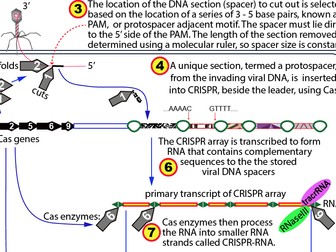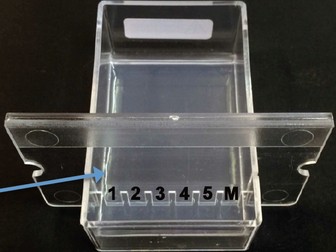Photosynthesis Summary Diagram
A summary diagram that links together the main reactions involved in photosynthesis so students can see how the reactants and products of each stage link up.<br />
Intended use: a summary diagram / poster / aid to teachers / A3 sheet handout<br />
Course: eg. 2016-2018 CIE A2 Biology syllabus Topic 13.<br />
Ability level: suit more able students and visual/spacial learners.<br />
Includes:<br />
Main structures: Chloroplast, Stroma, Thylakoid, Reaction centres, Photosystems (I) and (II), Thylakoid lumen.<br />
Main stages: Light dependent stage and light independent stage<br />
Main processes: Photolysis, cyclic and non-cyclic photophosphorylation, electron transport chains, chemiosmosis, Calvin cycle, carboxylation, reduction, regeneration.<br />
Main chemicals: CO2, H2O, Chlorophyll a 680 and 700, ATP, ADP, reduced NADP, ATP synthase, Rubisco, RuBP, GP, TP.<br />
The 1st page is a screen snapshot as the complete diagram may look scrambled in some browsers when enlarged.

